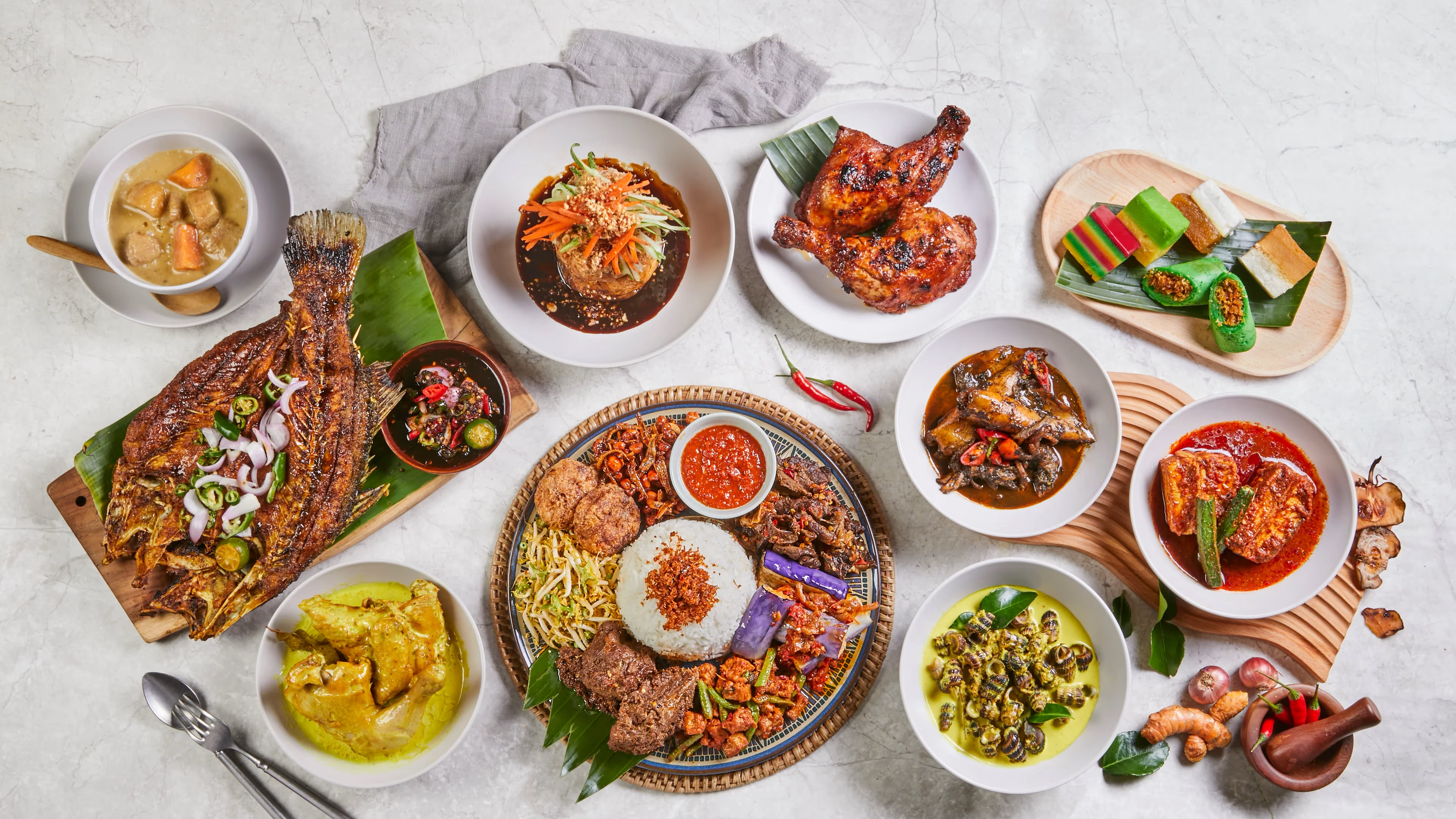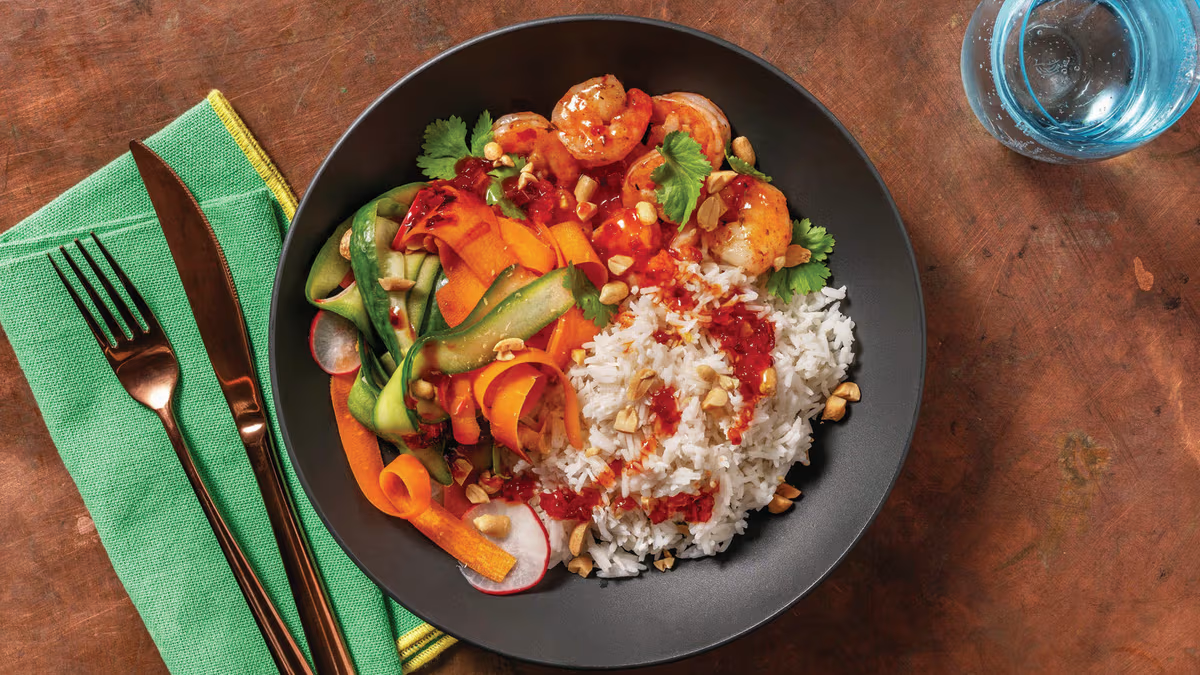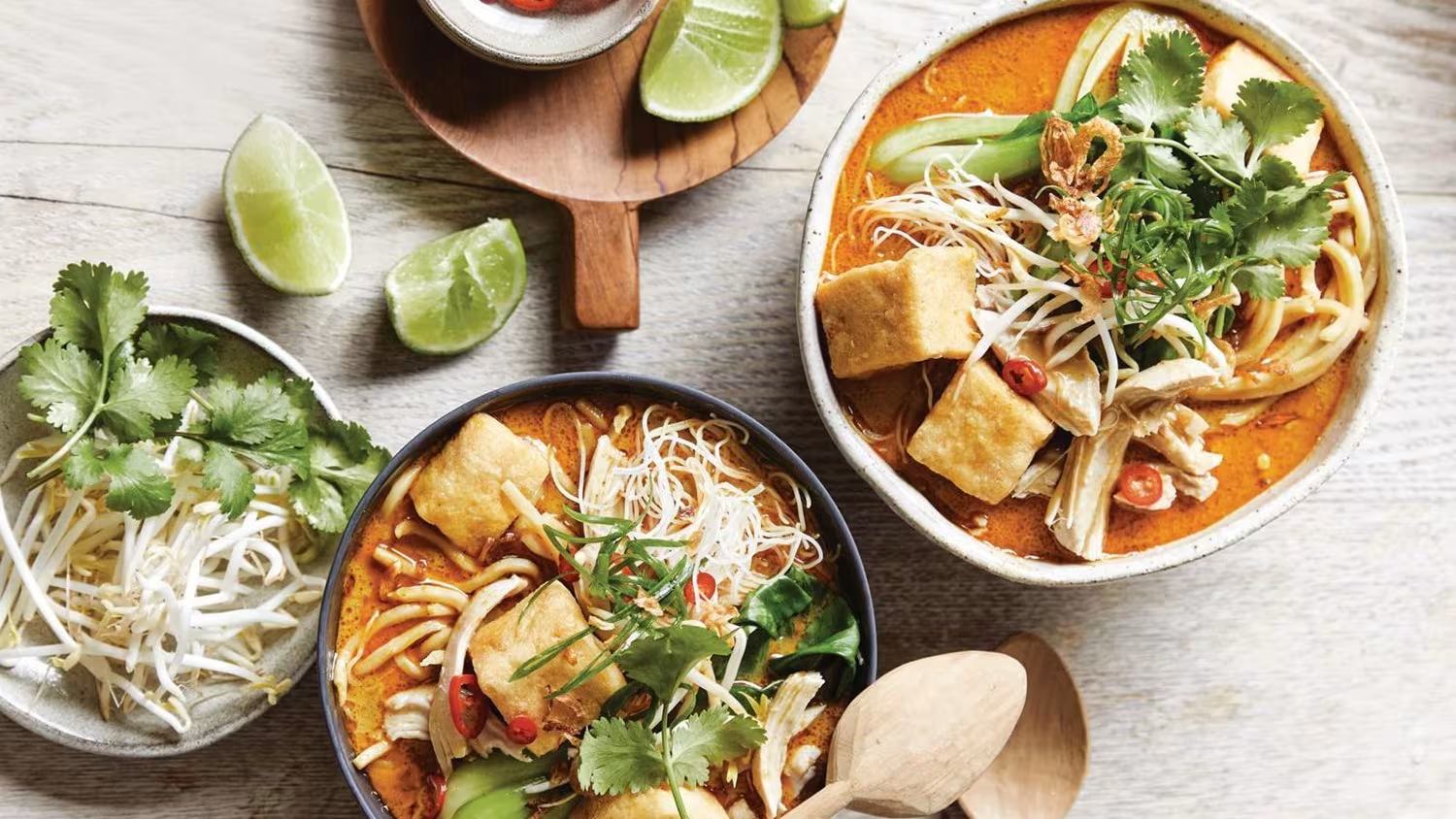
Discover the Flavors of Malaysia with This Authentic Nasi Lemak Recipe
Written by Jessica Lopez
Published at 11-12-2023
Edited on 04/01/2025 | 04:46 AM
Asian RecipesCourse: Main Course
Cuisine: Malaysian
Difficulty: Moderate
Servings
4-6 people
Prep Time
30 minutes
Cooking Time
1 hour
Total Time
1 hour 30 minutes
Fat
20g
Protein
25g
Carbs
60g
Calories
550 kcal
Welcome to the vibrant world of Malaysian recipes, where each dish tells a story of rich culture and culinary heritage. Malaysia, a melting pot of traditions, boasts a diverse range of flavors influenced by Malay, Chinese, Indian, and indigenous cuisines. From the bustling street food stalls of Kuala Lumpur to the family kitchens in rural villages, every bite offers a unique taste experience that transports your senses straight to Southeast Asia.
Whether you’re a seasoned chef or a curious beginner, exploring Malaysian recipes is a delightful journey that combines aromatic spices, fresh herbs, and colorful ingredients. One of the most beloved Malaysian dishes is Nasi Lemak, often considered the nation’s favorite. This fragrant coconut rice dish is typically served with sambal, crispy anchovies, peanuts, hard-boiled eggs, and cucumber, creating a perfect balance of flavors and textures. What makes Nasi Lemak truly special is its versatility; it can be enjoyed as a hearty breakfast, a satisfying lunch, or a comforting dinner. As you dive into the world of Malaysian cooking, you’ll discover that these recipes are not only delicious but also accessible.
With a few key ingredients, you can recreate the magic of Malaysian cuisine right in your own kitchen. So, gather your spices and prepare to embark on a culinary adventure that honors the rich traditions of this beautiful country. Let’s start with an authentic Nasi Lemak recipe that will impress your family and friends while giving you a taste of Malaysia’s incredible flavors!.


